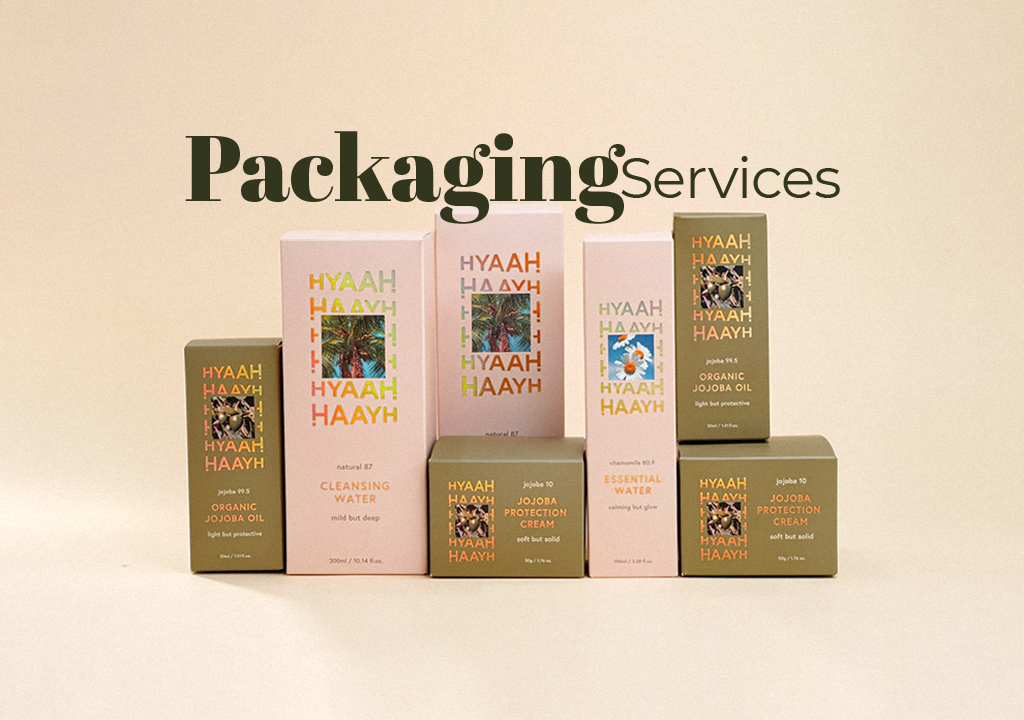The primary role of packaging is to protect the product from vibration, compression, and temperature. Barrier protection from oxygen, water, dust, and other contaminants is all due to sturdy packaging.
In addition, desiccant or oxygen absorbers are used in some containers to keep contents fresh, safe, and extend shelf life. And for that primary packaging holds immense importance. Here’s everything you need to know about primary packaging services.
What Is Primary Packaging and Why Is It Important?
The term “primary packaging” refers to the layer of packaging that comes into direct contact with the product. The most evident and critical function of primary packaging is to completely isolate the product from its surroundings.
The purpose of primary packaging is to protect and maintain the product from damage, contamination, spoilage, and chemical imbalances.
Our primary packaging is just one of the various types of contract packaging services available.
The primary packaging is to retain and protect the real product and usually has the most direct contact with the contents.
Primary packaging services uses:
- Frozen vegetable bags
- Beer cans
- Egg boxes
- Medicine bottles
As mentioned before, the primary package is usually what the customer sees on the store shelf, and it is always printed to attract the customer’s interest and convey information.
Examples of Primary Packaging Services
Blister packs, clamshell packaging, strip packs, paperboard packaging, unit dose packs, stand-up pouches, aluminum trays, glass bottles, jars, shrink wrapping, gable-top cartons, metal bottles, and more are all examples of primary packaging.
Metal, cardboard, glass, and rigid plastics, such as high-density polyethylene (HDPE) and polyethylene terephthalate (PET) bottles and jars, are the most common primary packaging services materials.
Who Should Use Primary Packaging Services?
“Who doesn’t,” is the best answer to the preceding question.
Electronics manufacturers, hardware manufacturers, food manufacturing firms, and pretty much every company selling consumer goods employ primary packaging.
The majority of physical products require primary packaging. It would be difficult to find a corporation that does not use some type of primary packaging while selling a product.
Packaging Measurements and Their Standardization
The space saved in all supply chain phases, including production, shipping, and storage, is one of the key benefits of standardizing measures. For example, The Grocery Manufacturers’ Association (GMA) pallet is commonly used in the United States. It is a basic tertiary packaging option for compact load storage.
The agreement between suppliers, logistics providers, distributors, and points of sale to choose to package with dimensions that correspond to the modular size is another enhancement to execute.
These would be GMA pallet multiples, such as 24″ x 20″ (1/4 pallet), 24″ x 40″ (1/2 pallet), and so forth. This helps you to maximize the space available in warehouses and transportation vehicles by optimizing the stacking of boxes on pallets.
The Need for Primary Packaging Inspection
To find the best solution for primary packaging services, this process begins with a comparison and validation of various inspection systems and vendors.
There are numerous inspection solutions available today, ranging from metal detection to vision technology. This can be confusing, especially if the food producer is unsure of what they need and want from the inspection system or what these systems can accomplish.
Ensures that the product is as safe as possible
After the Critical Control Point (CCP), a packaged food product assures that no more contamination can occur.
Increases the precision of detecting
At initial packing, an X-ray can identify more correctly (with fewer false rejects and smaller impurities).
Traceability
When examining primary packaging services, the X-ray system can follow products traveling through the system, trace contaminants, determine the pack rate and time stamp rejections.
Less waste packaging services
If a box is contaminated, the system will just reject that package, not the entire cart.
Primary Packaging for Sales or Consuming Units
A product’s primary custom packaging contains, stores, and protects it. It comes into direct contact with the item and helps to keep it in top shape.
The smallest consumption unit is designated by this packaging, making unit sales of the merchandise easier. It comes in a variety of shapes and sizes, including sacks, cans, jars, bottles, and bags.
There are the following roles for performing primary packaging services:
- Identify the product in accordance with current regulations and display the instructions.
- Increase consumer attractiveness by identifying the brand (depending on the product).
- Ensure that the goods remain stable in its sale location in the store (it should not fall).
- Use the least amount of material possible to protect the goods.
 +1(332)-233-6292
+1(332)-233-6292

